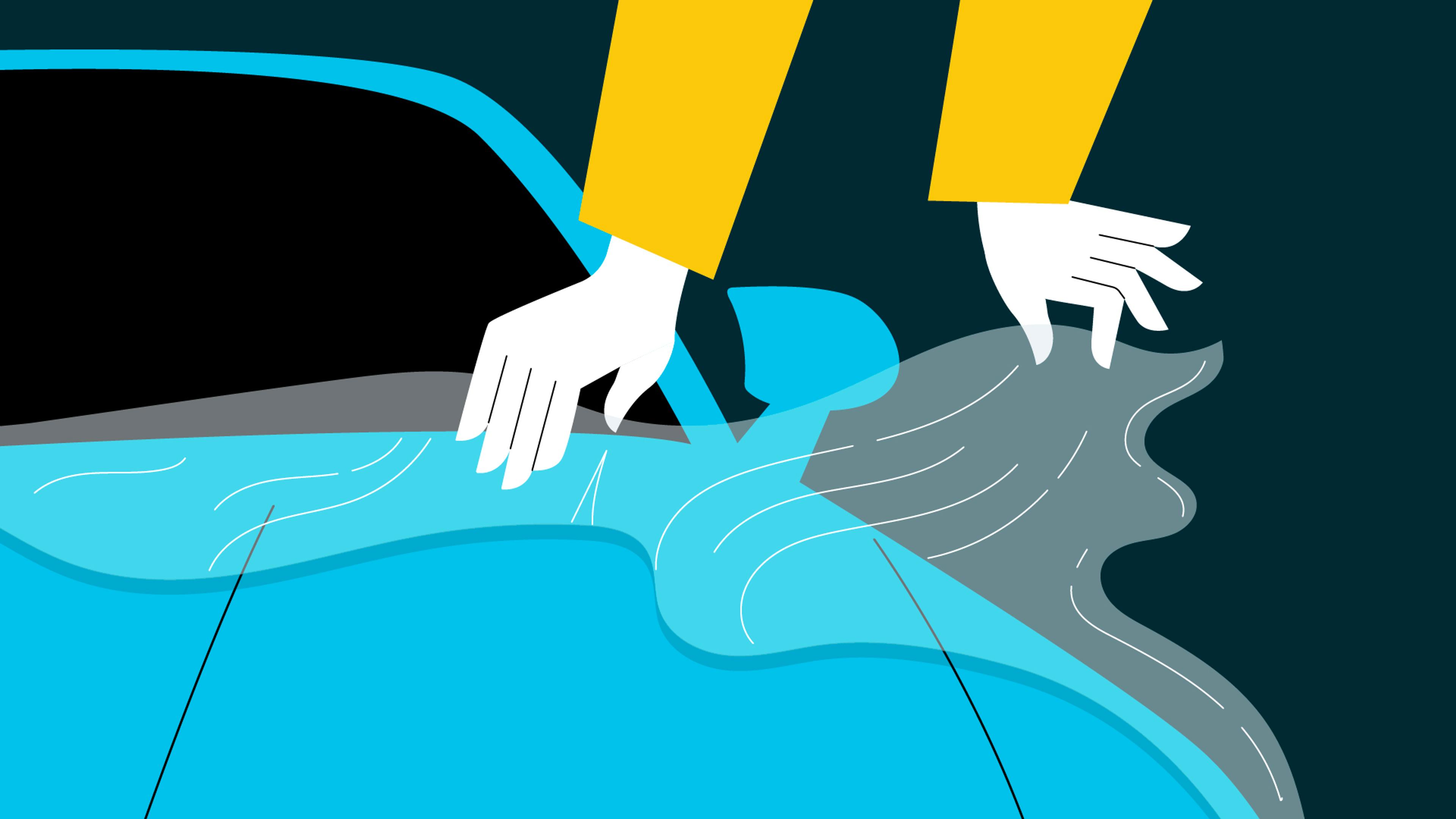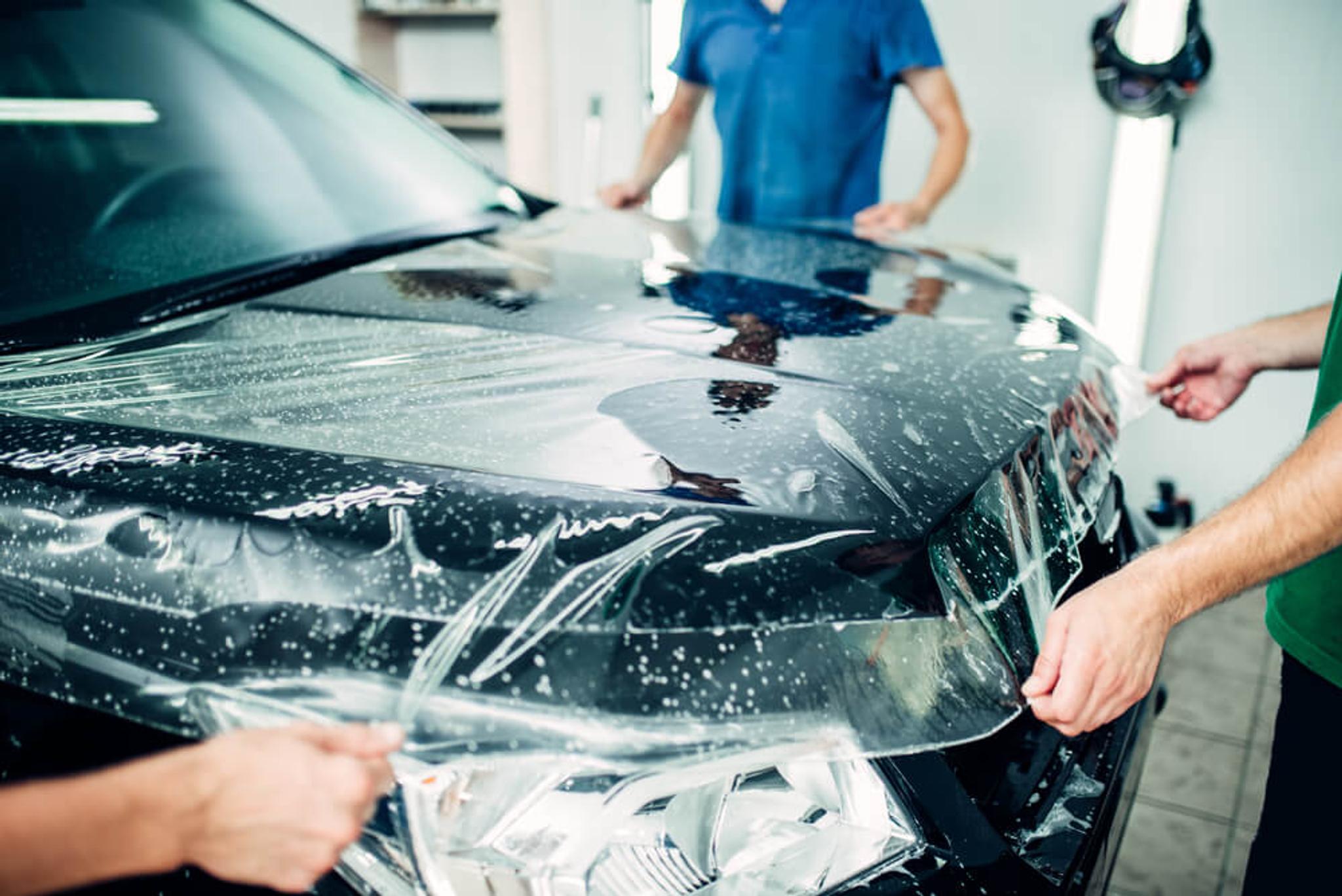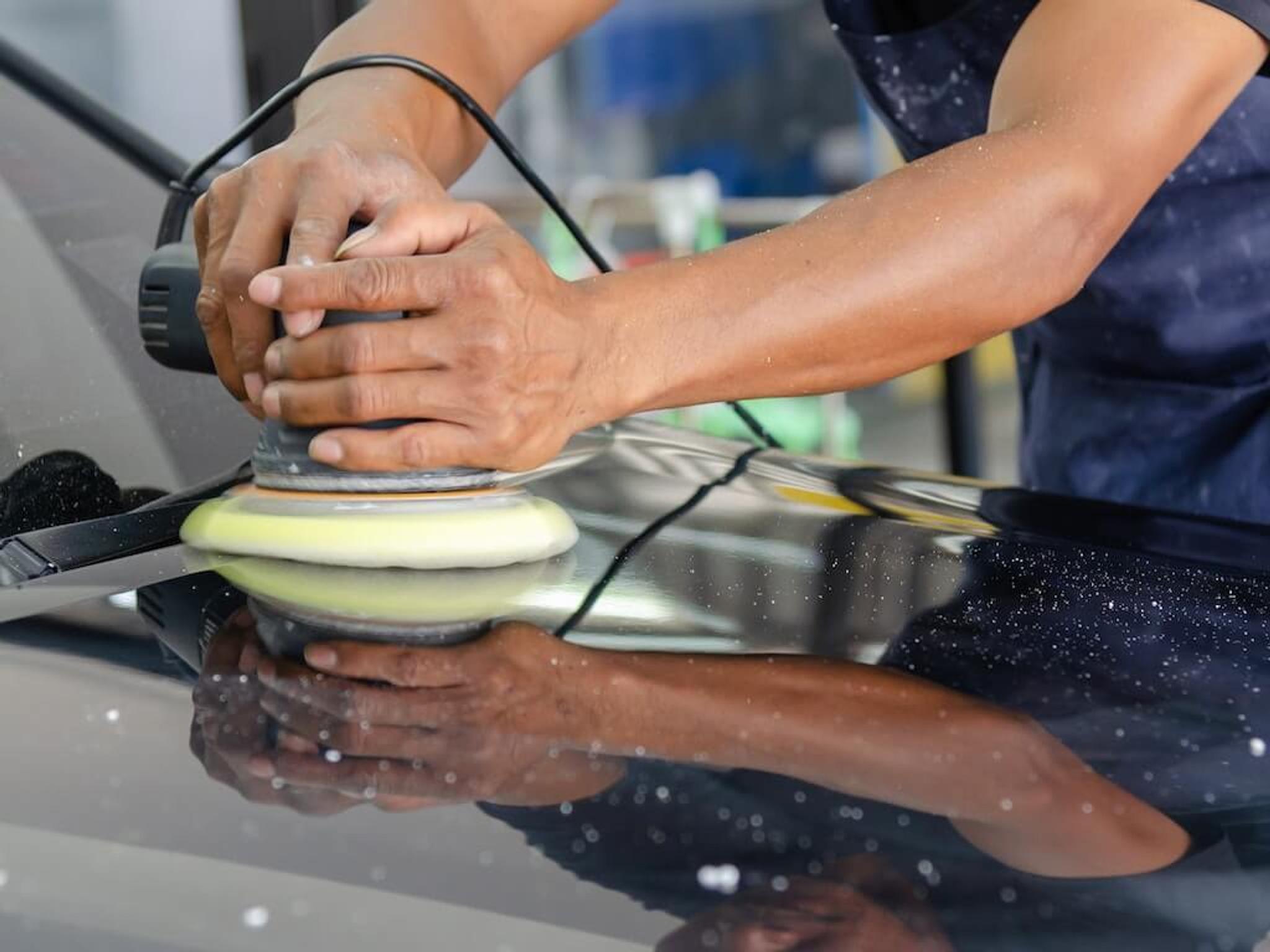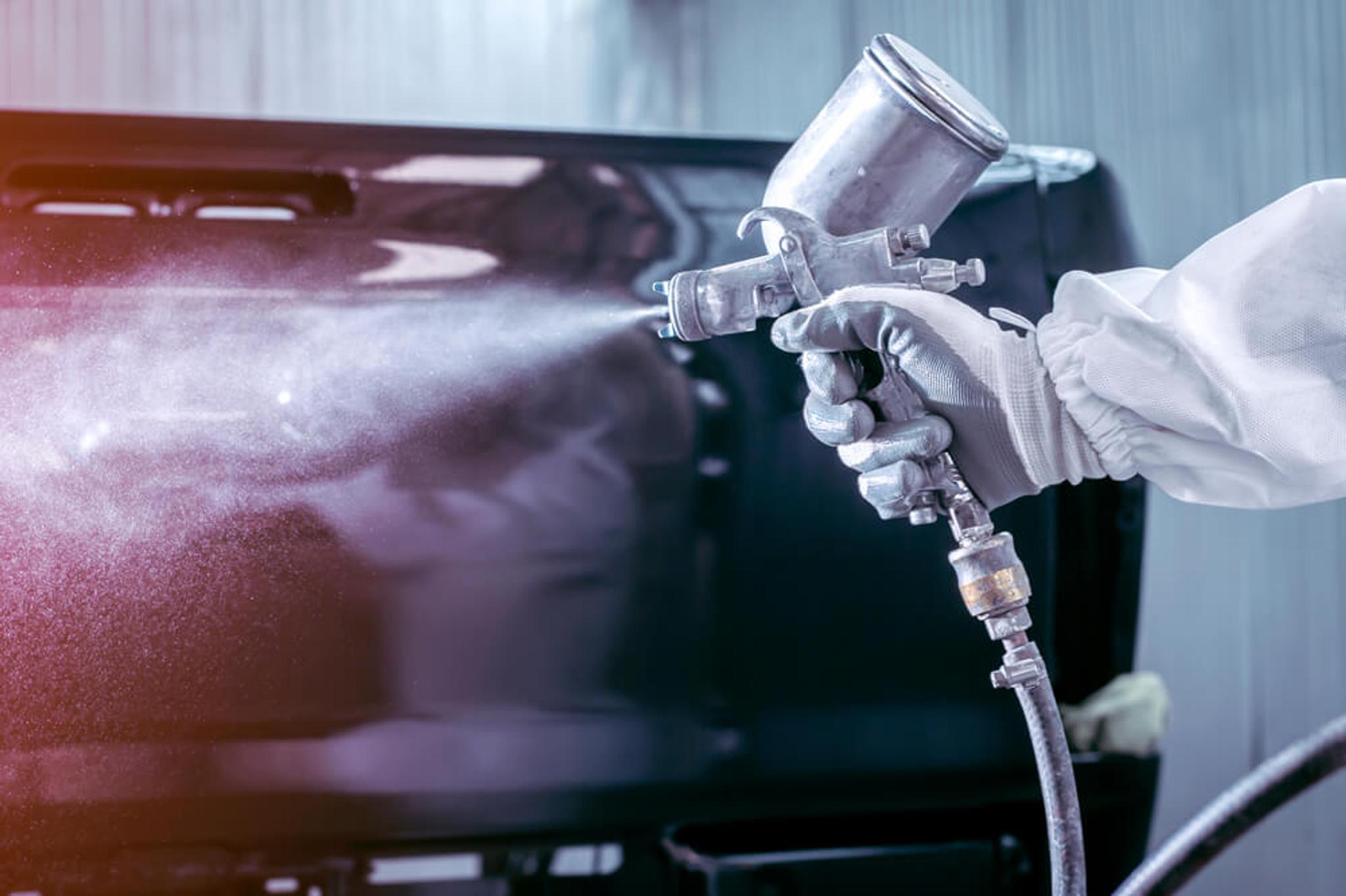
Paint protection film (PPF) is a clear protective layer for your vehicle’s paint to prevent damage caused by road debris, bug splatter, UV exposure, and other environmental factors. PPF can preserve a car’s looks and increase its resale value, but the installation of PPF can be daunting for those who have never done it before.
In this guide, we’ll provide step-by-step instructions and tips on how to apply paint protection film on your vehicle.

Afraid of buying a wreck?
Check any VIN to learn a vehicle's history!
Professional advice on applying paint protection film
If you’re considering applying PPF yourself, you should first understand what paint protection film is. Professional PPF installation costs are high because the process requires more knowledge, patience, and care than other protection methods.
For example, PPF is much thicker than vinyl wrap and consists of 3 main layers: adhesive, polyurethane, and clearcoat. The thickest and most important layer is polyurethane – a flexible and durable material that releases surface tension when heat is applied, providing the film with self-healing properties.
The tricky part of PPF installation is covering unusual shapes – the film doesn’t stretch as much as vinyl wrap. Paint protection film requires wet installation, so you’ll have to gently cover a wet panel with PPF and squeeze out every bubble. Moreover, the paint must be in pristine condition before application, otherwise water may get trapped in scratches and paint chips.
You shouldn’t apply PPF yourself if you don’t have any similar experience. Even the slightest mistakes can damage huge pieces of expensive PPF. Moreover, poor installation leaves various visual defects and weakspots, affecting how long a PPF lasts.
What is the PPF installation procedure?

Professional PPF installers cover an entire vehicle in 5-7 days, so plan your time accordingly.
The installation process should take place in a well lit, warm, and clean garage. You should also have the right tools and products ready, including a few squeegees, a clay bar, a slip solution (water mixed with a bit of shampoo), a sprayer, a snap-off knife, and a heat gun.
Here’s how a PPF installation unravels.
1. Prepare the surface for PPF
If you want the best results, you should take off some exterior bits, such as badges, door handles, trim, and antennas. This process will require some additional time, but it will help to prevent exposed edges and other defects.
- No dirt, dust, or even scratches should be left underneath the film, so clean the car before applying PPF. If possible, use a high pressure washer with a shampoo sprayer and a microfiber cloth to clean the old dirt if a car hasn’t been washed for a long time. Make sure to clean areas that are harder to access and repeat the cycle a few times if needed.
- Use a clay bar after washing the car. Usually, clay bars come together with a lubricating spray, so generously spray the area before “claying” to create a slippery surface. You should “clay” your car from top to bottom because this way the bar won’t get filled with debris so quickly.
- Polish scratched surfaces before applying PPF. You can buy polishing kits at most auto part or even general stores. If the surface is clean and smooth, you’re ready for the next step.
Remember that PPF isn’t for refreshing the paint, but for keeping it fresh. Old and worn down cars usually aren’t worth PPF because of their poor paint condition. Each scratch and rock chip increases the risk of failure and premature peeling.
2. Install paint protection film
If a car already has PPF and you want to replace it, you’ll have to learn how to remove paint protection film first. The paint may be covered in adhesive residue and grime where the edges of the PPF were, so cleaning is necessary before installation.
If you don’t have pre-cut pieces of PPF, you need to measure the dimensions of each body panel and cut out the film leaving a few inches left on each side. Once the piece is ready, spray the slip solution onto a panel and the film to provide a slippery layer between the paint and the PPF, and place the film onto the panel. Don’t worry about excessive film around the edges yet – you’ll trim it once the film is stuck to the panel.
Use a squeegee to squeeze out the liquid. This process is smooth and easy when there’s enough slip solution, so if you’re experiencing difficulties, gently lift the film and spray more solution to ease the process.
After you push out all the water and you’re happy with the result, it’s time to work around the edges. Cut off the excessive film, leaving some of it only to wrap the edges of the panel. Also, cut the film in the corners to prevent wrinkles. Note that isopropyl alcohol is good for speeding up the process of adhesion, so you can spray it around the edges before tucking the film in.
If you notice any small bubbles left underneath the paint protection film and adjustments are too inconvenient, you can suck the air out using a syringe equipped with a thin needle. However, this should be your last option because you’re penetrating the film.
3. Use sealant solution
PPF sealant solution is a type of protective coating used to shield the surface of car paint protection film from environmental damage. The sun, rain, and other environmental factors can damage and discolor the film in the long run, but this molecular level protection creates a hydrophobic barrier that repels water, bug splatter, dirt, and other debris.
Automotive paint protection film sealant solutions are typically easy to apply. Just clean the PPF surface from dust and spray the sealant onto the PPF. Spread it across the surface with a dry cloth, and let the sealant dry for 5 minutes. Remember that most of the sealant will disappear after washing your car, so you should reapply it after each wash for the best results.
Remember that you shouldn’t clean, or even touch your car for a few days after applying PPF, so wait at least a week before applying a sealant solution.
4. Wax the exposed areas
While paint protection film maintenance isn’t necessary, you can wax it for even better protection. Wax provides an additional slippery layer that repels water and various contaminants. It should last 3-5 months, depending on how you wash and drive your car.
You can wax your PPF like an ordinary paint surface – apply wax and spread it gently. The only difference is that you have to be more careful around the edges and wipe off any wax residue. Also, make sure the wax doesn’t contain more than 5% of kerosene or naphtha.

Waxing the whole car is a lot of work, so many people only wax the most exposed areas like the bumper, the hood, the front fenders, and the sideview mirrors.
Spray-on paint protection film
Spray-on PPF, also known as PPS (Paint Protection Spray), is often presented as a liquid version of traditional automotive paint protection films. It’s a revolutionary method, which can help you save money without sacrificing essential features.
What is spray-on paint protection film?

PPS works by forming a clear, peelable layer over the surface of the paint, which helps to repel water, dirt, and other debris. The main advantages of PPS are easy application, low price, and great coverage – this often makes it the preferred choice for DIY people. Applying PPS doesn't require as much preparation, and the process is much quicker.
Unfortunately, the self-healing properties of PPS are less effective than in PPF, and many cheaper alternatives don’t have these properties at all, making paint protection spray similar to a traditional clearcoat.
Application of spray-on paint protection film
The application of spray-on PPF doesn’t require complicated preparations – just thoroughly clean your car. Don’t worry about swirl marks or minor scratches because PPS should fill them. Also, don’t sand the surface – just spray the product directly on your clean paint surface.
PPS may look like an easy way out, but it isn’t as effective and durable as PPF yet, so investing more time and money in paint protection film is worth it for long-term results.

Check your VIN
Avoid costly problems by checking a vehicle's history. Get a report instantly!
Frequently asked questions

Article by
Evaldas Zabitis
Evaldas has been writing since middle school and has had a passion for cars for as long as he can remember. Right after getting his driver’s license, he spent all of his savings on shoddy cars so he could spend time fixing, driving, and selling them. Evaldas is always interested in automotive technical innovations and is an active participant in automotive community discussions.
